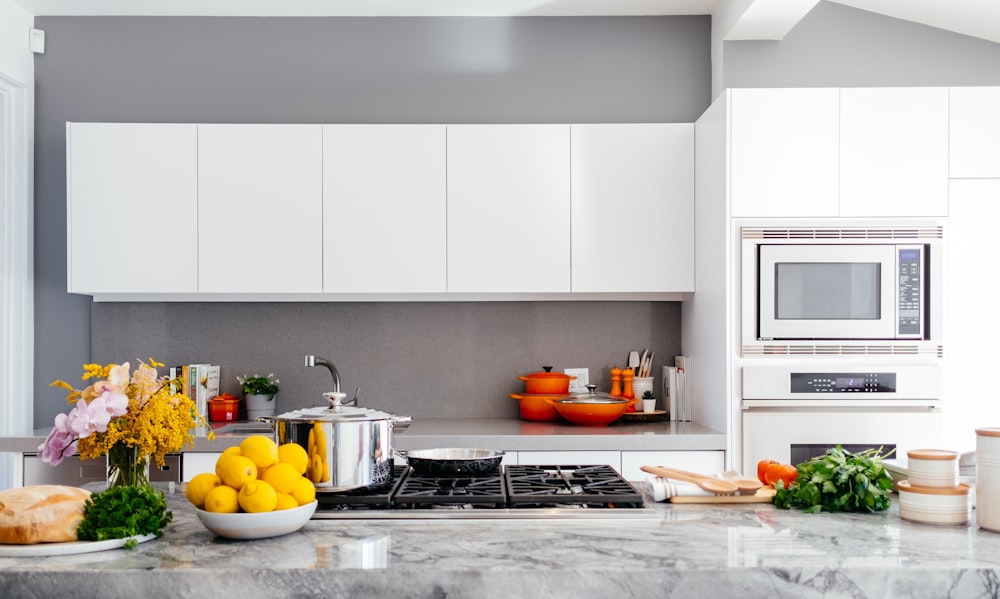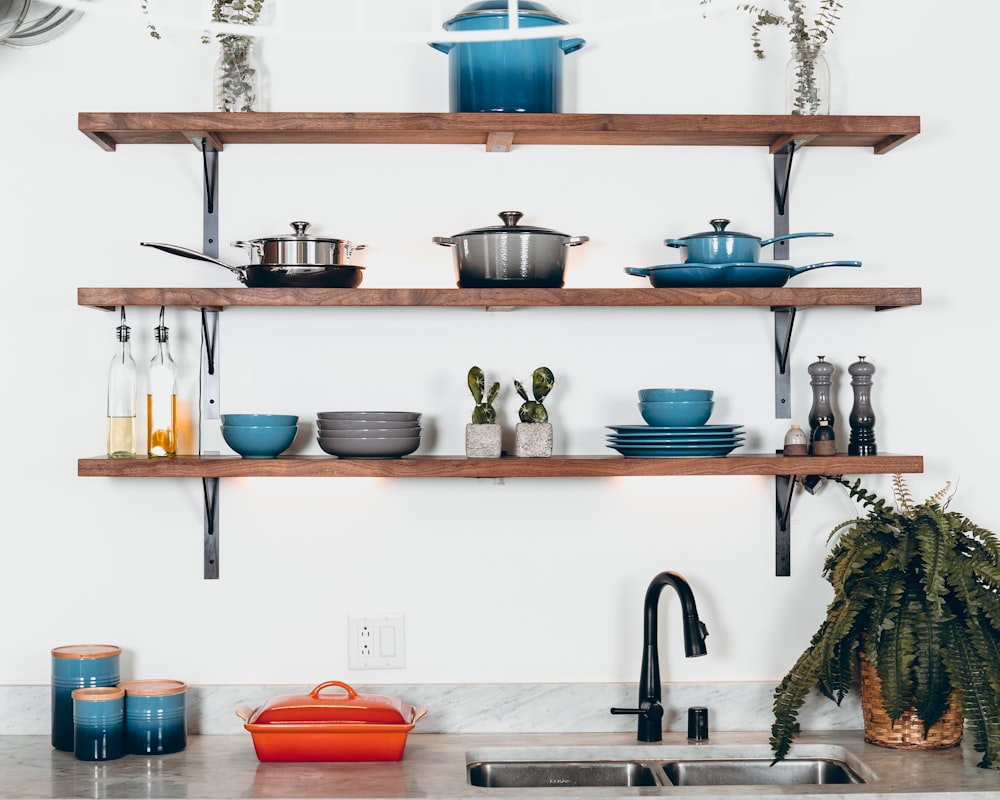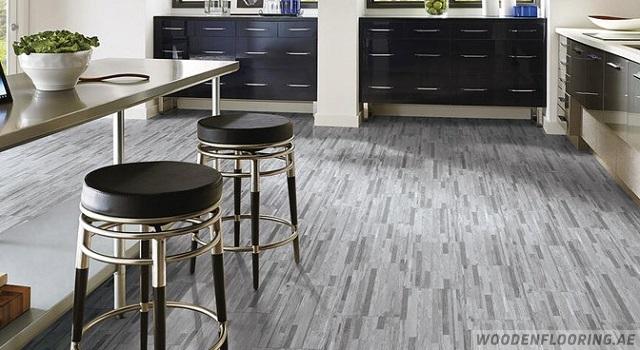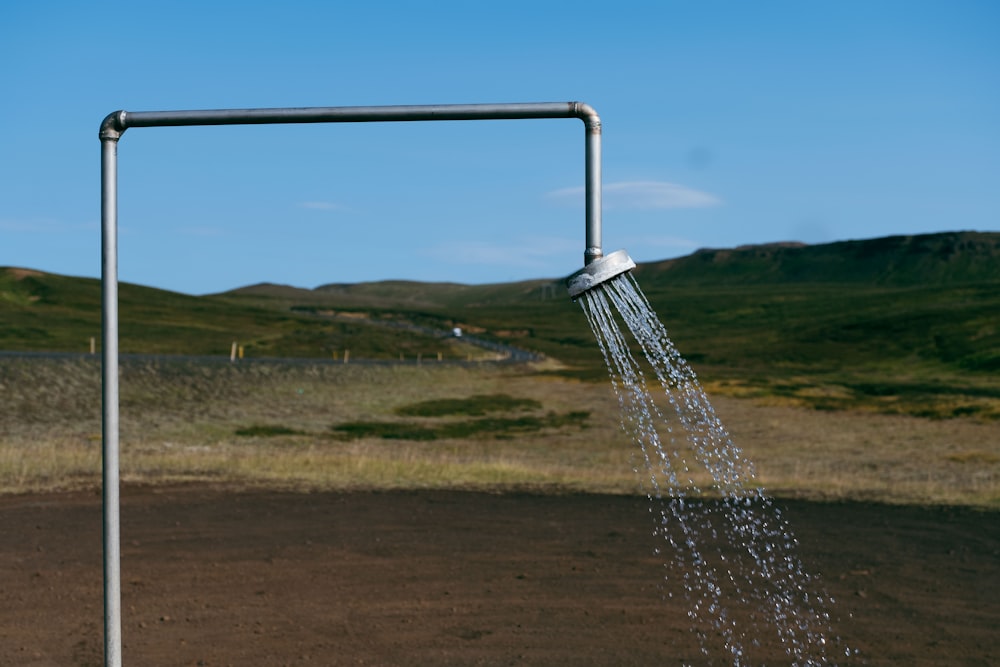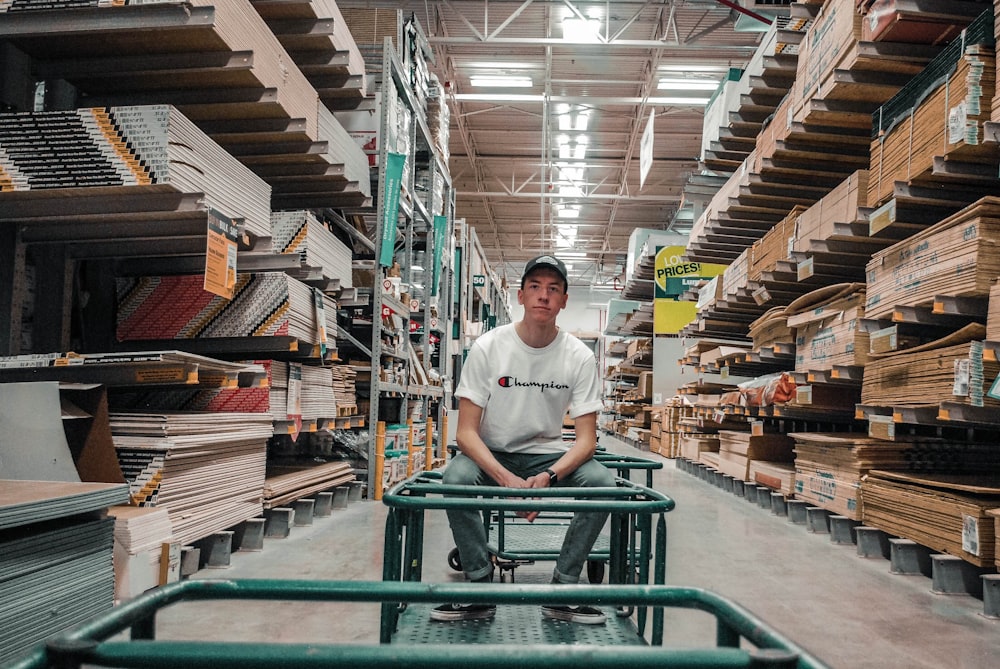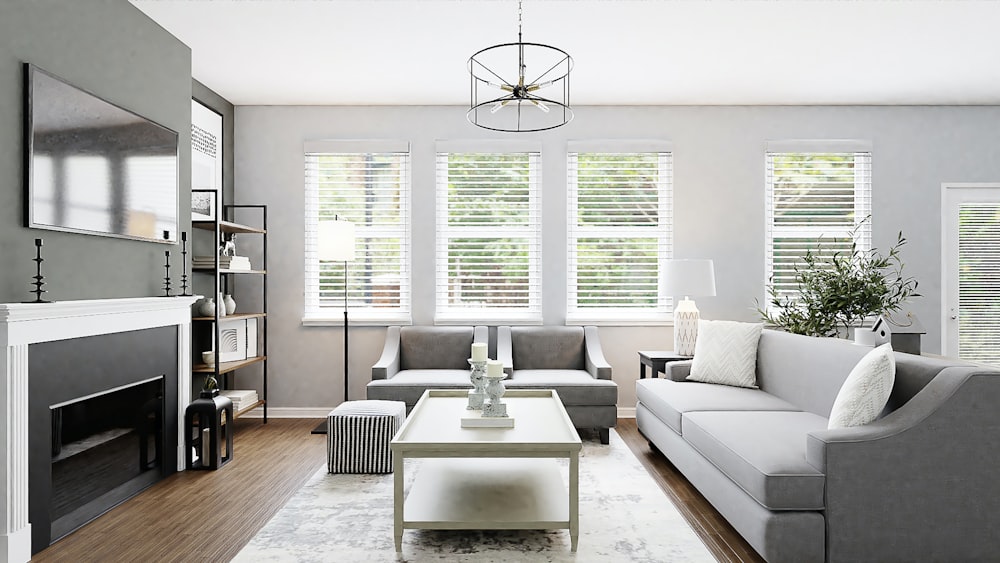Garden Tools
 Designing your garden is most likely a personal statement of style. What one person likes may not be what another likes. For instance, some people like their gardens to be neat and tidy, while others love the adventure of winding paths and exotic plants. Formal, semi-formal, and informal are the three variations on the style for a garden. To properly design your garden, however, you will need to have the basic garden tools, and perhaps a few extras depending on the look you are going for. You can choose to design your garden to mimic the design of your home, or it does not have to be related to your home whatsoever. It is all about personal choice.
Designing your garden is most likely a personal statement of style. What one person likes may not be what another likes. For instance, some people like their gardens to be neat and tidy, while others love the adventure of winding paths and exotic plants. Formal, semi-formal, and informal are the three variations on the style for a garden. To properly design your garden, however, you will need to have the basic garden tools, and perhaps a few extras depending on the look you are going for. You can choose to design your garden to mimic the design of your home, or it does not have to be related to your home whatsoever. It is all about personal choice.
Some people are born with the innate ability to transform space into something that is very pleasing to the eyes; whereas others are not and may not have the first idea about how they should go about designing their outdoor space. To create a great outdoor space, you must manage the space well and remember that people will be moving around in the space. In other words, creating great patterns and utilizing the space within the pattern is vital. By utilizing geometrical patterns, your garden will achieve a unified feel about it. Which way would you like your patron to move about in your garden? You can achieve your ground pattern by using bricks or paving material. To achieve this you will need to have the appropriate garden tools on hand before you begin so that you do not have to stop in the middle of your project.
If you are seeking to create a formal garden, you want to be sure to incorporate symmetry and geometry, such as repeating patterns with different plants on each side. The environment is very controlled, overgrowth is clipped and shaped on a regular basis. You can add urns or balustrades to complete the formal look. In other words, formal means that there are no surprises. You always know just what to expect.
An informal design is just the opposite; in fact, the design should be asymmetrical and not regulated. Allow the plants to grow without clipping. Allow it to grow as it may and to self-feed. This design is much softer and thus there is a surprise effect to it creating a great ambiance.
And finally, a semi-formal garden style is a combination of the above garden styles. You will create fine lines with your paths that will be softened by the occasional overgrowth in spots of your alluring plants.
Along with these types, there are also several different garden styles that you can choose from, such as Chinese, contemporary, cottage, or secret garden.
Contemporary is a modernized style that uses your plants to help reflect the surroundings. The texture and form of your foliage is just as important as what flowers you choose. You will weave hard landscapes into geometric buildings, which will then flow into a more open space. You will then use your flowers and other plants to create focal points around your architecture.

